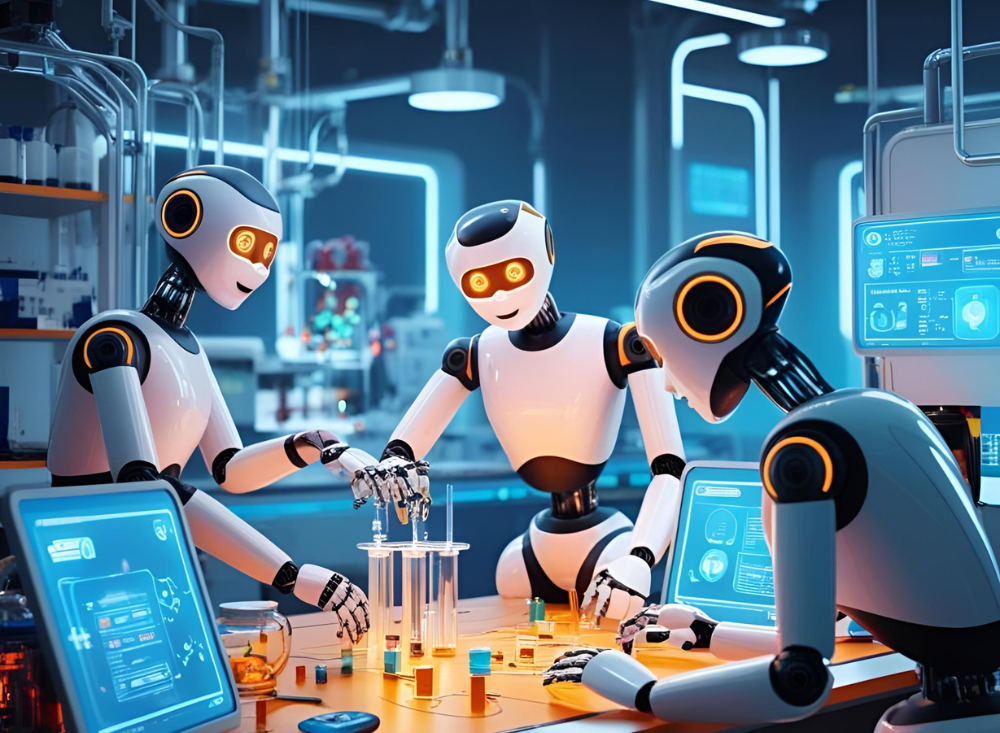
The world of software testing is undergoing a transformative shift. With applications becoming more complex, environments more fragmented, and user expectations higher than ever, traditional testing methods are no longer enough. The rise of artificial intelligence (AI) is reshaping quality assurance (QA) as we know it — ushering in a new era of smart, scalable, and autonomous testing.
From test case generation to predictive analytics and autonomous bug detection, AI is not just an enhancement — it’s a revolution.
Why Traditional Testing Is Reaching Its Limits
In an agile, DevOps-driven world, speed is critical. Release cycles have shrunk from months to weeks, even days. But while development has accelerated, manual and rule-based testing methods often slow things down. Key challenges include:
- Test maintenance overload in rapidly changing codebases
- Inadequate coverage for edge cases or real-world usage scenarios
- Late-stage defect detection, leading to costly rework
- Scalability concerns with massive test suites across platforms and devices
It’s clear: testing must evolve to keep up. AI is the catalyst.
How AI Is Transforming the Testing Landscape
1.Autonomous Test Generation
AI can analyze application flows and user behavior to generate test cases automatically. This drastically reduces the time spent writing and updating scripts, while improving test coverage in unexpected user journeys.
2.Predictive Defect Detection
Machine learning algorithms sift through historical data and current logs to anticipate where defects are likely to appear. This proactive approach allows QA teams to focus efforts on high-risk areas, preventing issues before they hit production.
3.Intelligent Test Optimization
AI helps prioritize which tests to run based on recent code changes and risk factors. This means faster regression testing, optimized resource allocation, and reduced CI/CD pipeline bottlenecks.
4.Visual and UX Testing
AI-powered visual validation tools mimic human eyes, catching layout shifts, color mismatches, and broken UI components across devices and screen sizes. These tools help ensure consistent, accessible, and visually appealing user experiences.
5.Conversational and Voice Testing
With the rise of voice assistants and chatbots, AI can validate natural language interfaces using NLP models, ensuring that virtual assistants respond accurately across languages, accents, and intents.
The Role of Genqe.ai in the AI Testing Movement
Platforms like Genqe.ai are at the forefront of this transformation. Genqe.ai combines AI-powered test generation, predictive analytics, and visual validation into a seamless testing platform designed for modern development teams.
By learning from usage patterns and historical data, Genqe.ai empowers QA professionals to move from reactive testing to intelligent, proactive quality assurance — without the need for constant human intervention.
The Human-AI Partnership
While AI brings incredible speed and scale, it doesn’t replace human testers — it enhances them. Humans still excel at intuitive exploration, domain understanding, and ethical oversight. AI, on the other hand, handles repetitive tasks, analyzes vast data sets, and uncovers patterns humans might miss.
Together, they form a powerful partnership: one that ensures software isn’t just functional, but truly exceptional.
Conclusion: Welcome to the Future of Testing
The AI revolution in testing is no longer a concept — it’s a competitive reality. Organizations that embrace AI today are not only accelerating releases but also improving software quality, user satisfaction, and team efficiency.
Whether it’s autonomous test creation, predictive defect detection, or smart regression analysis, AI is rewriting the rules of QA.
And platforms like Genqe.ai are proving that the future of testing isn’t just faster — it’s smarter.